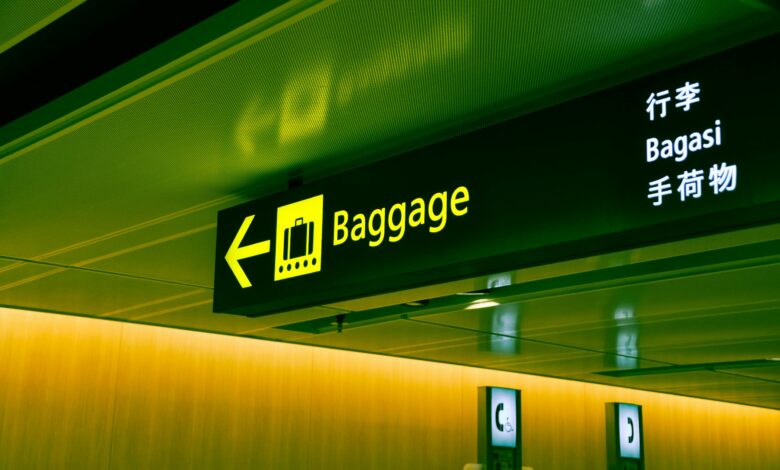
One thing is for certain: AI isn’t going away anytime soon.
We’ve seen it come into so many parts of our lives: chatbots, facial recognition and AI agents, to name a few. Sometimes, we don’t even realise it is all around us. Or we’ve become so accustomed to it that it is the norm now.
Naturally, it’s entered the translation industry too over the past years.
Now, you may think that we’d be rather worried about AI as, in theory, it will take away some of the jobs we’ve had in the past.
Yes, that is correct that it can be used for translation jobs. But I wouldn’t say we’re worried about it, and more so viewing it as an opportunity.
In life, I find that in business you’ve got to move with the times, rather than dig your feet into the ground and get left behind.
AI taking a foothold
And as for how it’s shaping the industry, it is changing it.
A survey by the Society of Authors (SoA) found that more than one-third of translators are missing out on work due to the rise of Generative AI (Gen AI).
And as a company that offers AI translation services, we can be pretty honest about it.
AI is fine for simple translation jobs where large volumes of text are needed for understanding or informational purposes only. It does a job, albeit not always 100% accurate.
But when the information gets more complex and the stakes are higher. We would advise against using solely AI.
Machine translation post-editing, commonly known as MTPE, is a solid solution. It combines AI for speed and a human post-editor to ensure its accuracy.
Adoption by language service providers, like us, is rising too. MTPE has gone from being used in 26% of projects (2022) to almost 46% (2024), according to Nimdzi survey data in 2025.
I feel that for businesses looking for accurate translation materials that are non-critical, this suits them best.
Humans still have the niche knowledge
There is still the trusty human translator who has industry expertise. I wouldn’t hold it against them if they hadn’t been feeling the love from the translation and localisation industry over the last couple of years.
In my opinion, there isn’t anyone better to translate content that requires industry expertise and understanding of the relevant terminology and niche.
When it comes to technically complex or higher-stakes documents, the specialists excel here.
Of course, they can transcreate and localise too, which AI isn’t able to do effectively to target a new market or build customer loyalty.
AI will only get stronger, but humans are still important
This is how I see the market going and how AI will shape the translation and localisation industry for the future. My feeling is that the industry will follow other industries, it will force the standard of work to be higher.
Gen AI and Large Learning Models (LLMs) will be leading the charge as they continue to be trained on more data.
The more data that Gen AI is trained on, the stronger its translations are going to be. Around 90% of training data for AI comes from English, so naturally AI is more competent in translating and using English.
I recently read about AI-driven translation app errors endangering US asylum cases back in 2023. For example, it was reported in the piece that an estimated 40% of Afghan asylum cases that a translator had worked on faced problems because of machine translation.
Additionally, Haitian Creole speakers were said to have also run into trouble.
It’s genuinely saddening that it is the case for some. But thankfully the future does look more promising for some languages for non-English translations.
Some multilingual LLMs have been released already, such as Nigeria’s in 2024. Other work is being done by an organisation called Masakhane to further Natural Language Processing (NLP) so computers can better understand and generate African languages.
As these LLMs gather more data, and more research and action is supported, translations in a whole host of other languages should be more reliable, accurate and contain fewer biases.
I believe AI will also maintain an important role in quality estimation. It can complete quality assurance tasks and estimate how accurate the translation is. This is nothing new – it’s just been rebranded and prompting is making it better.
Therefore, it should be able to flag more errors and streamline the translation process.
On a final note, AI will continue to get better and require less post-editing. However, the human touch will still be necessary to oversee critical documents like legal paperwork and certificates.
And, as it stands, I can’t see the specialists being replaced anytime soon either. When you have industry-specific knowledge and technical expertise, it is an impressive skill that can’t be recreated now.
As we say, AI won’t be going away so we have to learn to accept it, learn from it and see it for its benefits. If you don’t roll with it, you’ll likely be looking back in five years’ time wondering what happened.





